A 3D printing pen is a device that allows the user to literally draw in 3D space. You can create intricate structures, decorative motifs, or assemble models. The possibilities for individual creativity and learning are rather exciting.
3D pens are popular with hobby artists, schoolkids, creative professionals, and pretty much anyone looking to doodle in 3D. Use-cases range from arts and crafts, to more complex applications like architectural design and engineering.
Don’t Miss: The Best 3D Pens – Buyer's Guide
3Doodler is the company credited with first inventing the 3D printing pen, with a successful Kickstarter campaign in 2013. Several new models have been released since then; the 3Doodler Create sits in the middle of the range between the 3Doodler Start, which is geared towards children, and the 3Doodler Pro, which can print with wood, metal and nylon materials.
The 3Doodler Create is pitched as being usable within minutes, easy to operate, fun, compact and affordable. Moreover, all of this should be achievable without needing a computer, software or technical knowledge. Let’s put these claims to the test in a 3Doodler Create review, shall we?
Pros
- Affordable
- Painless Setup
- Sturdy Design
- Simple to Operate
- Great Selection of Projects
Cons
- Filament Strands too Short
- Removing Filament can be Tricky
- Freehand Drawing Less Fun than Stencils
- Cooling Fan is a bit Noisy
- Must be Plugged into a Power Source
Verdict
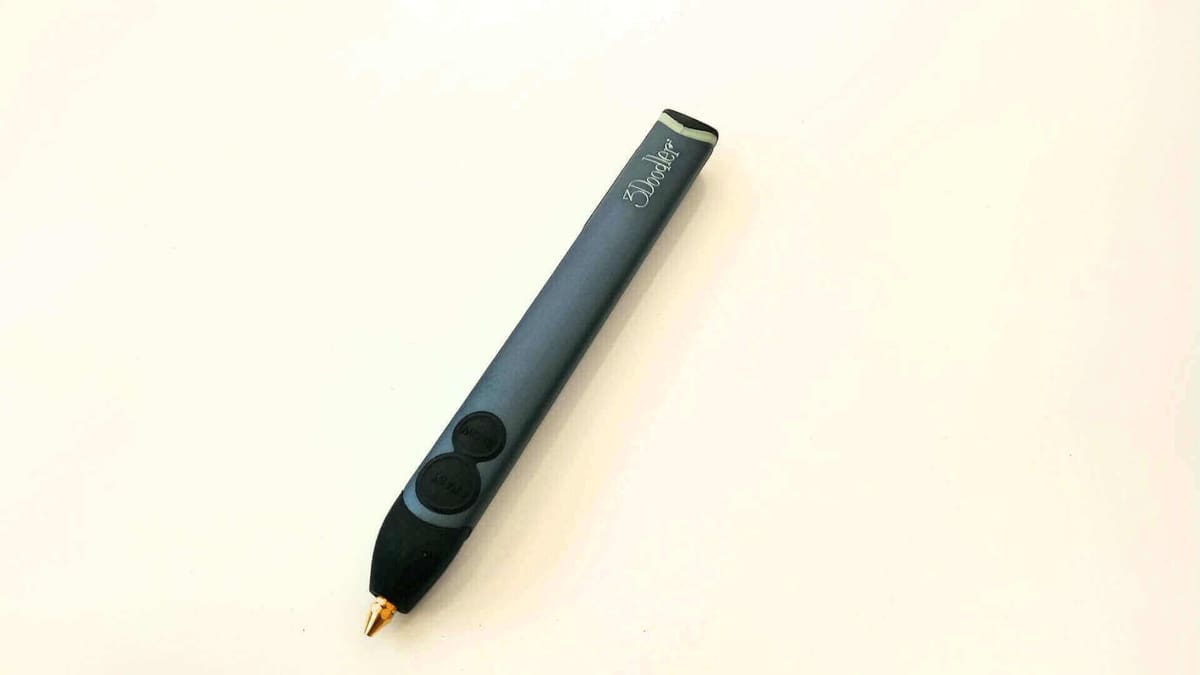
We really enjoyed using the 3Doodler Create. It’s hard not to approach a 3D printing pen as a toy, not when you’re used to operating desktop 3D printers, but we were impressed by the solid design quality and the push-button simplicity of operation.
Another thing we discovered contrary to expectations; the process of working with project stencils from the official community portal is more rewarding than freehand drawing. Perhaps as our confidence grows we will create more original items, but we’re more eager to dive into the ideas and suggestions already available.
Some drawbacks are that the 3Doodler Create is not fully portable. It must be plugged into a power source at all times. And the individual filament strands tend to run out too quickly and you need to reload often for bigger projects.
But these are minor niggles. There are a great many 3D printing pens out there, and a lot of them are cheap clones of the 3Doodler. But if you’re thinking of buying one, we recommend that you invest a little bit extra in the company that first blazed the trail.
In summary, the 3Doodler Create is fun, playful, and a great addition to the modern creative toolset.
The Looooong Read
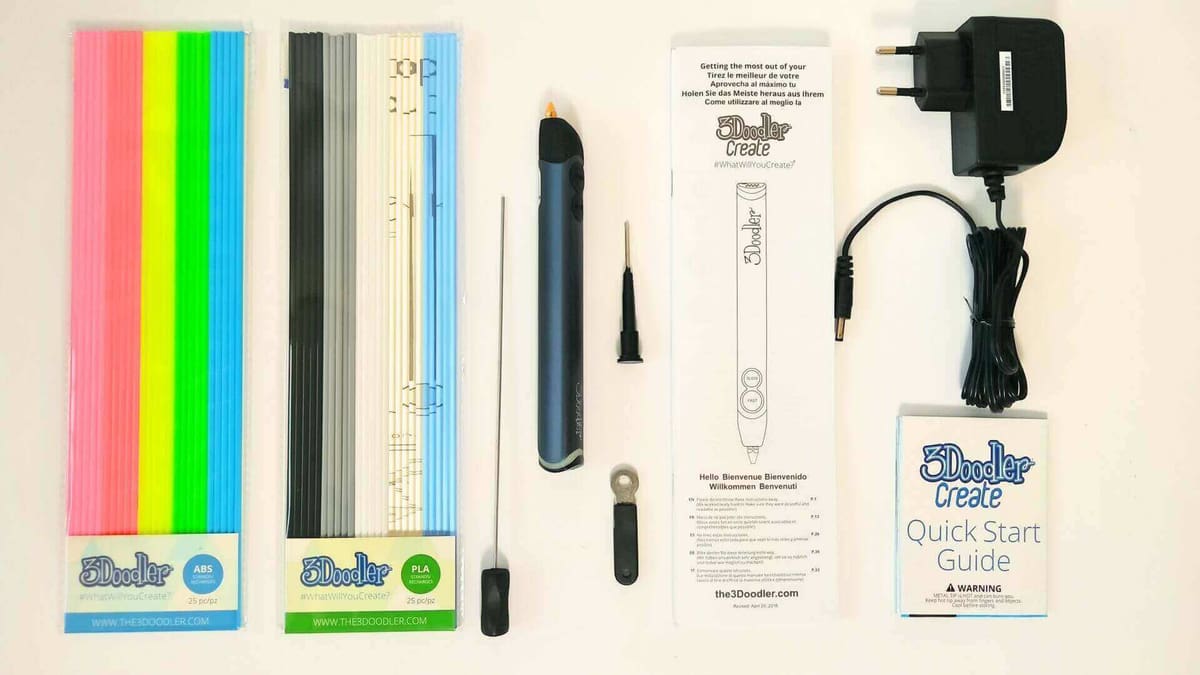
The experience of unboxing the 3Doodler Create was completely painless. The packaging is compact, and its contents were neatly packed in a orderly fashion.
The box contains the 3Doodler Create, one power adapter, one unblocking tool, one nozzle removal tool, one mini screwdriver with a flat head, one quick start guide, one user guide, and 50 strands of 3Doodler’s 3mm filament (25 PLA, 25 ABS).
There are 10 different filament colors shipped with the 3D pen of which there are 5 strands each. The selection is decent, containing black, white, gray, clear and vibrant colors.
The complete 3Doodler range of plastic materials — sold separately — features a total of 65 different colors, including glow-in-the-dark, flexible and sparkly features.
The 3D printing pen itself is much lighter than expected. But to handle it feels sturdy and well built, with an aluminum body, plastic accents, and temperature switch.
Fitted at the tip of the 3Doodler Create is a flexible rubbery grip which actually makes the 3D pen quite comfortable to hold, together with the otherwise ergonomic design of the pen.
The ‘FAST’ and ‘SLOW’ buttons used to control the pen are within good reach while holding the pen. However, the slow button is a little bit further away from the tip of the pen, and may be somewhat difficult to reach for smaller hands. It rather depends on how 3Doodler Create is held.
Loading Filament

The 3Doodler Create heats up almost instantly, with a colored ring at the end of the pen indicating which state the 3D pen is in.
Red indicates that the pen is heating up, and blue and green indicate that the 3D pen is ready to use in either the high or low temperature setting. When heating up for the first time, the tip of the 3Doodler Create gives off some light fumes.
Once the pen is hot enough, you proceed with the loading of the filament. The manual says to expect to have to push the filament into the extruder quite firmly. With this in mind, don’t hesitate to use a tiny bit of force when loading the filament. Also, applying a clockwise twist while pushing it in can help the loading process until the extruder has a proper grip on the strand. If the strand is being used for the second time, the uneven end of the strand should be trimmed.
Once loaded, the 3D pen is good to go. Press the nozzle to the paper and start drawing…
Aaaaaand stop again, because the filament strand will have run out. One filament strand doesn’t last nearly as long a one would expect. While 3Doodler Create pen comes with 50 strands, there are only 5 strands of each color. This means that single color projects will either have to be kept small or additional strands will have to be purchased.
All in all, this isn’t a showstopper, but it helps to plan ahead.
When unloading filament, you need double click on one of the extrude buttons and wait. The extruder will reverse the filament until it’s ready for removal. However, if the end of the filament strand is already beyond the end of the 3D pen, the user won’t be able to reach the end of the strand to pull it out. In this case — and only while the nozzle is hot — the user will have to remove the nozzle and push the filament out using the filament removal tool, while the extruder is in reverse.
Drawing with Stencils
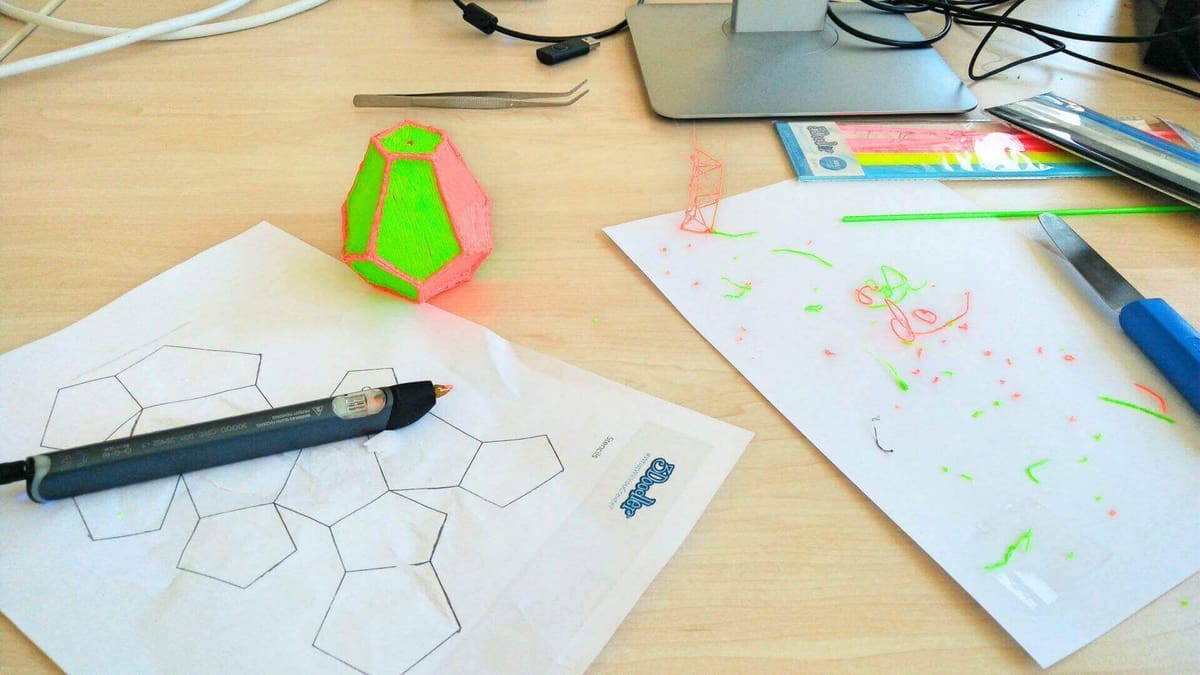
We visited 3Doodler’s Community Project page on their website to look for suitable projects to start out with. We chose a simple fruit shaped object with solid surfaces. The stencil for the project needs to be printed conventionally (using a 2D printer).
Drawing on paper works just fine; however the paper will bend and stretch, causing the surface of the paper to become quite wavy. This is due to the filament contracting when it cools down and staying stuck to the paper at the same time.
Once all the surfaces were filled in, you peel the plastic off the paper (or more like the paper off the plastic in some cases). Also, some of the black ink from the stencil comes off with the plastic. But since all of the surfaces that were touching the paper in this project would all be invisible (facing the inside) when the object was done, it didn’t make a difference.
As for the choice of plastic itself, ABS worked very well. When not extruding, there is hardly any oozing. The plastic cools almost instantly when it hits the paper and pops off the paper very easily when removing it. But as with all ABS filament, the fumes emitted by the plastic are not pleasant to breathe in. And since you have to be there right beside it for the whole time its creating fumes, it’s strongly advised to use the 3Doodler Create in a very well ventilated room.
The PLA strands, on the other hand, are a little more tricky. It oozes quite a bit compared to the ABS filament and is quite stringy when one wouldn’t want it to be. Another thing to note about the PLA is that the extruder has a harder time extruding it than it does the ABS.
With both materials, an occasional cracking sound could be heard. However, this is normal and is due to moisture in the material heating up and rapidly evaporating.
More Stencil Drawing
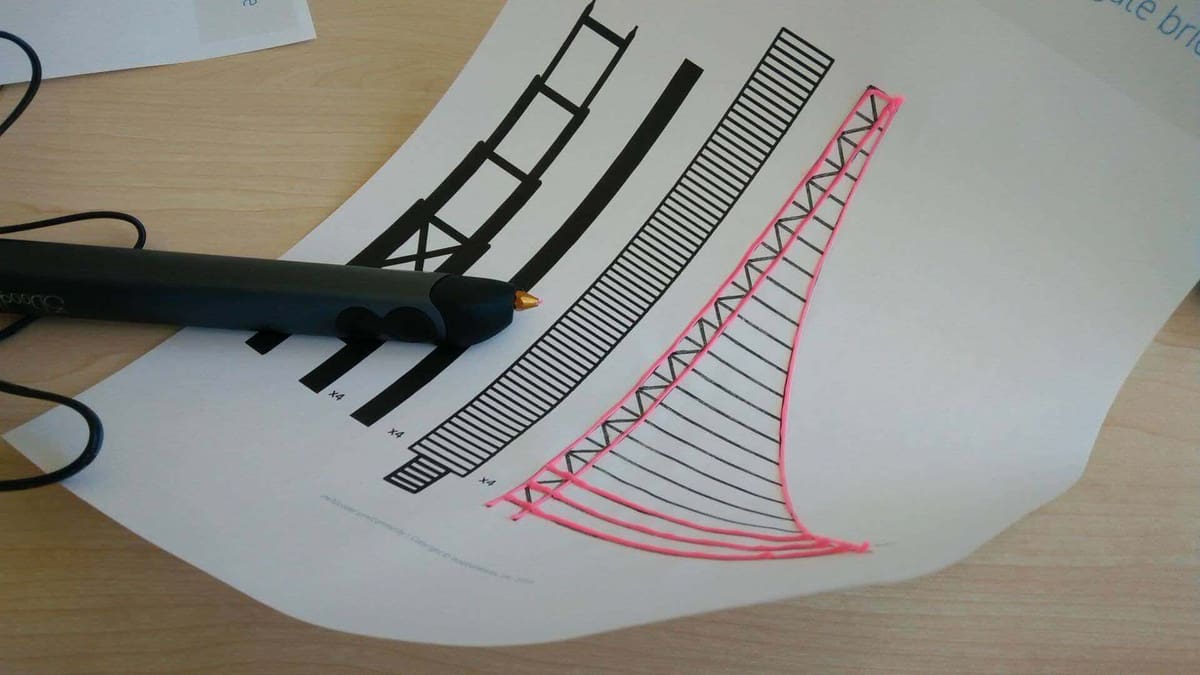
For the second project, we chose something more difficult from the community project site. It was the Golden Gate Bridge.
The tricky part of this project was melting all the individual parts together and having the finished structure not twist too much. But it was successful, and was able to stand on its own. This proves that even larger, more fragile, objects can be created with great results using a 3D printing pen.
Finally, we printed a T-Rex with the 3D pen. Initially, it seemed like it would be an easy project, but we soon found out that a T-Rex is pretty difficult to 3D print with a 3D printing pen. Because of its flimsy limbs and tiny parts, it is hard to hold things in place while ‘welding’ pieces together. We also found out that it’s hard to create fine details with the default nozzle at least.
In the end, the T-Rex turned out pretty good after shifting its center of gravity a little bit. Without doing so, the T-Rex would have been in a permanent face plant position.
Freehand Drawing is Messy
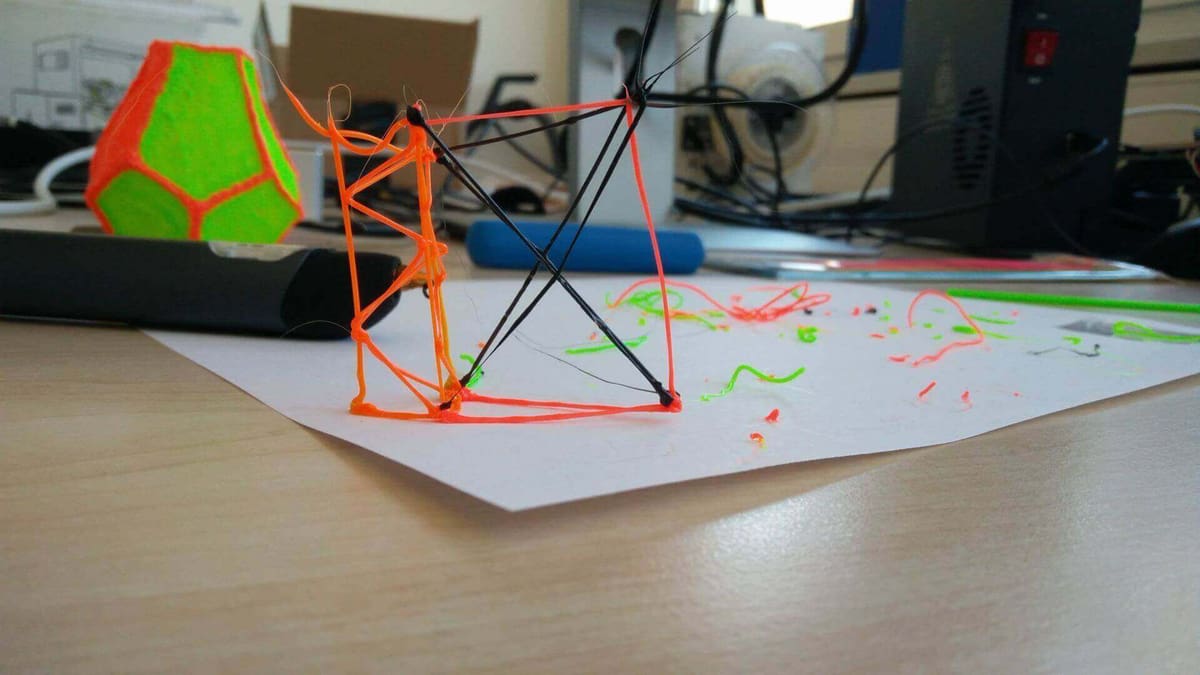
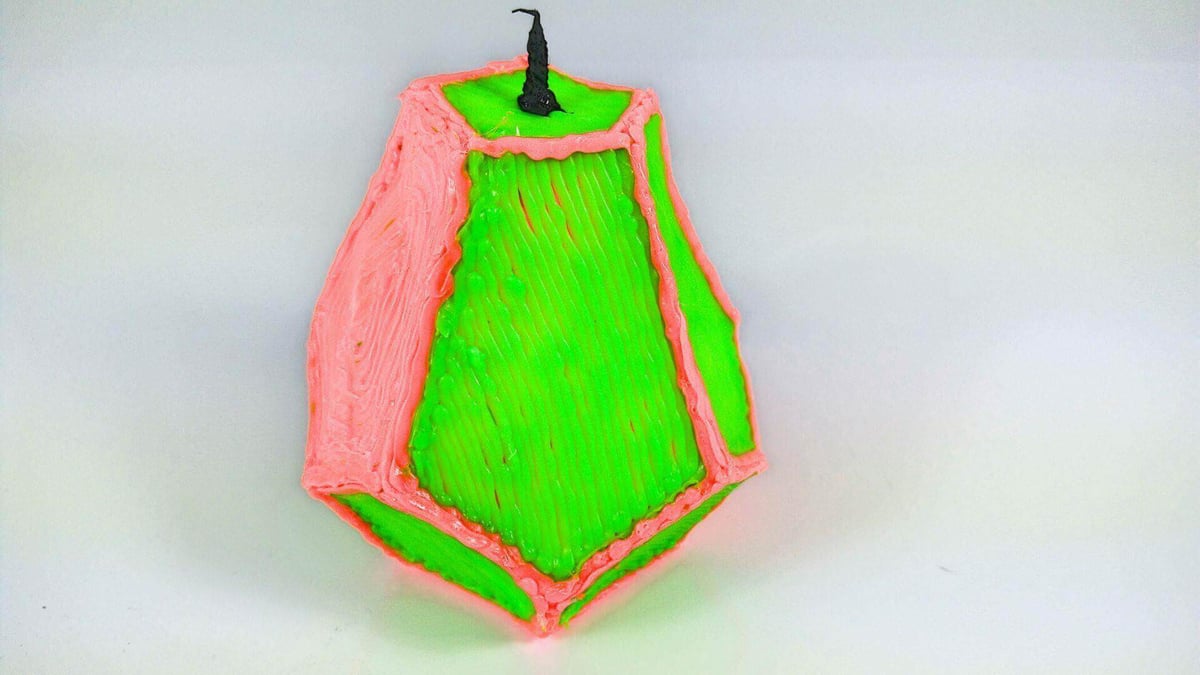
Next question — can a 3Doodler Create depart from paper and draw straight into the air? Yes it can. But it requires a lot of practice to get results using this method.
We tried to draw freehand with 3Doodler Create for a short period of time, and found ourselves going back to tracing the stencils again soon after. It’s just not as satisfying, and you end up with more of a mess.
We’ve seen impressive examples elsewhere of freehand drawing, but those artists clearly have steadier hands (and more patience) than we did.
Results
The projects turned out really good, in our estimation. Obviously they’ll never be as polished as a properly 3D printed object. But there’s a quirky, wobbly charm to them that we find endearing.
Here are a few pictures of the finished results:

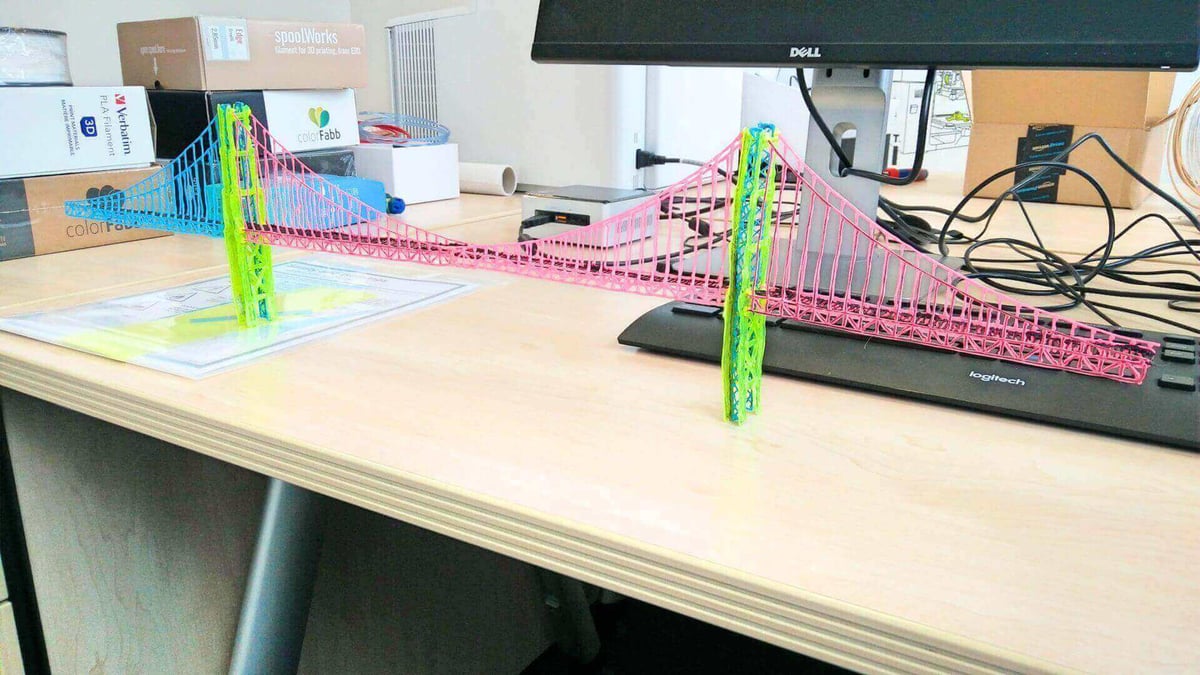
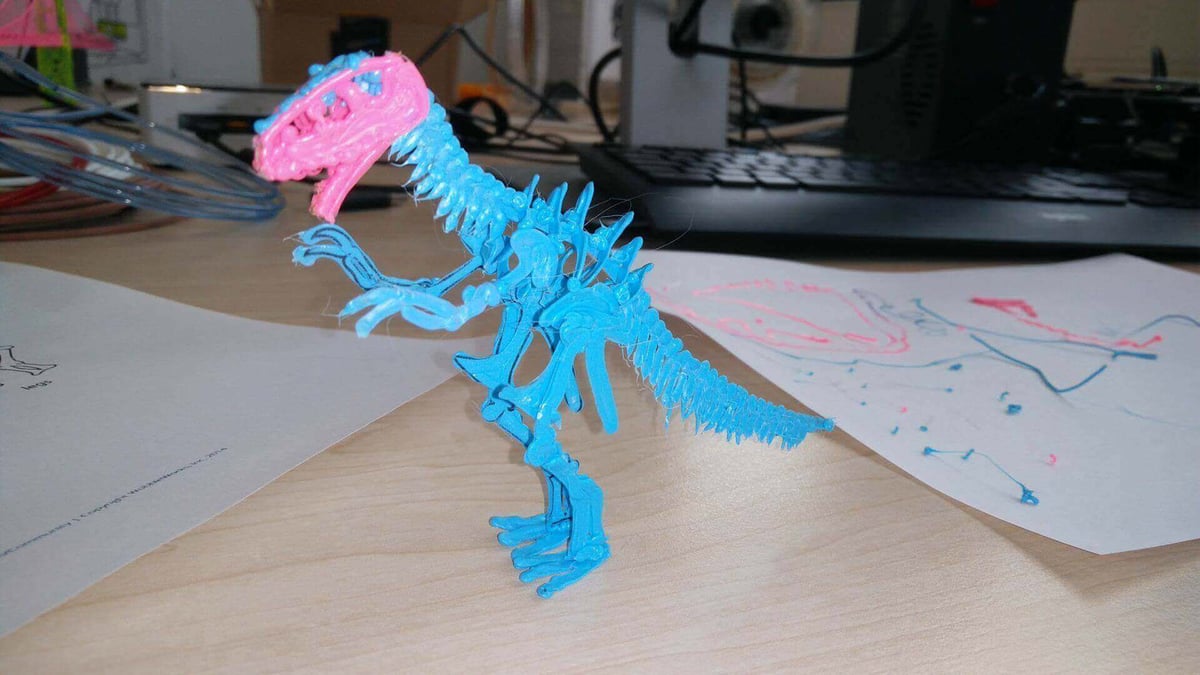
Conclusion
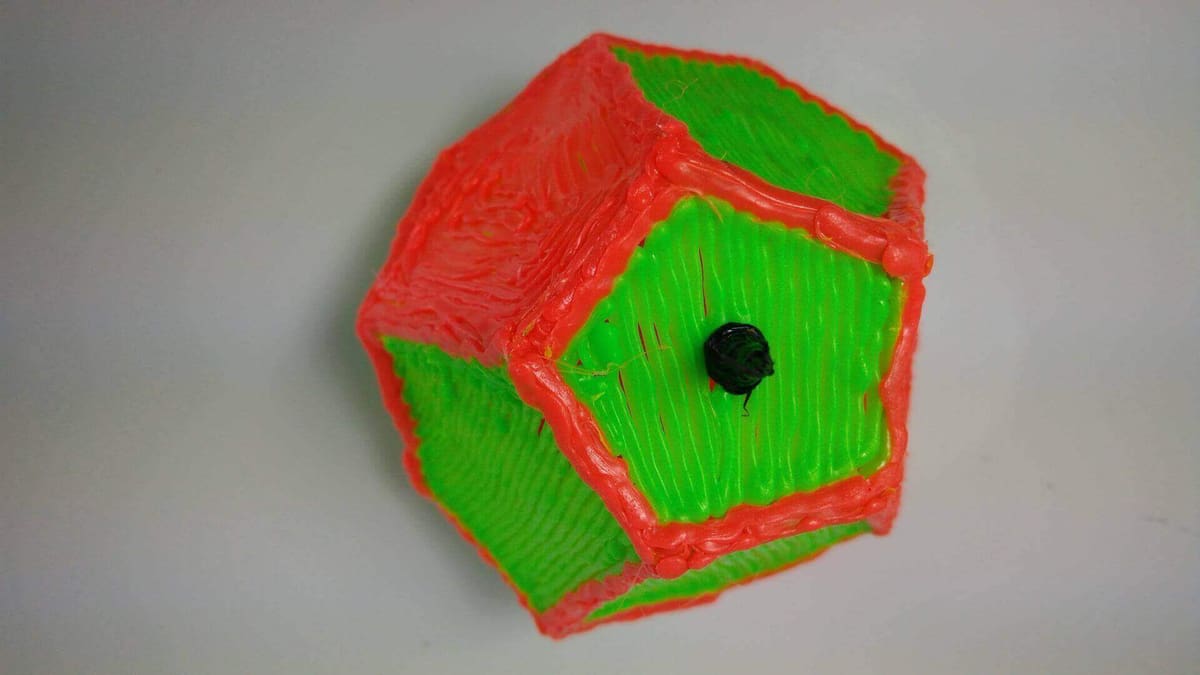
In our 3Doodler Create review, the quality of the objects we drew definitely exceeded our expectations. One wouldn’t expect to create anything else than a pile of failed attempts, for the first little bit at least. This was not the case. Within minutes of unboxing, we were using the 3Doodler Create just fine.
The operation of the 3Doodler Create is very straightforward, although it is a little tricky to stop the continuous flow of filament before it’s too late. After a bit of practice, however, the operation of the pen gets a lot easier. Using this 3D pen is definitely fun.
The 3D pen is small, compact, and unobtrusive. As for affordability, the 3Doodler Create costs $99. It certainly isn’t the cheapest 3D printing pen on the market. The cost doesn’t stop there, either. Additional strands of filament will have to be purchased if one wants to get lots of use out of the 3Doodler Create. A bundle of 125 strands of 3Doodler ABS costs just under 30 dollars.
Whether all this is worth the investment for your creative projects, that’s a decision between you and your wallet. Creating something in this way definitely takes a bit of focus, patience and time. Each project took over an hour to complete, but was just as rewarding.
The nozzle of 3Doodler Create does get very hot and will burn the user if they touch it. Therefore, it should not be given to small children to use. 3Doodler don’t advise giving the 3D pen to anyone under 14 years of age.
Overall, we found with our 3Doodler Create review that it’s a pretty cool device and produces great results. Who should buy this pen? Anyone with creative capacity and patience will enjoy using the 3Doodler Create.
Technical Stats
- 3 mm filament diameter
- Materials: PLA and ABS (3Doodler also offers a flexible material but doesn’t go into detail about what type of plastic it is)
- two temperature settings for PLA and ABS (and temperature adjustment screw for fine tuning)
- two extrusion speeds and a filament reverse function
- LED lighted ring indicating the state of the 3Doodler
- extruder access panel
- fan (creates some noise)
- has no batteries –> must have a power source
- removable nozzle (different nozzles sold separately)
- aluminum body
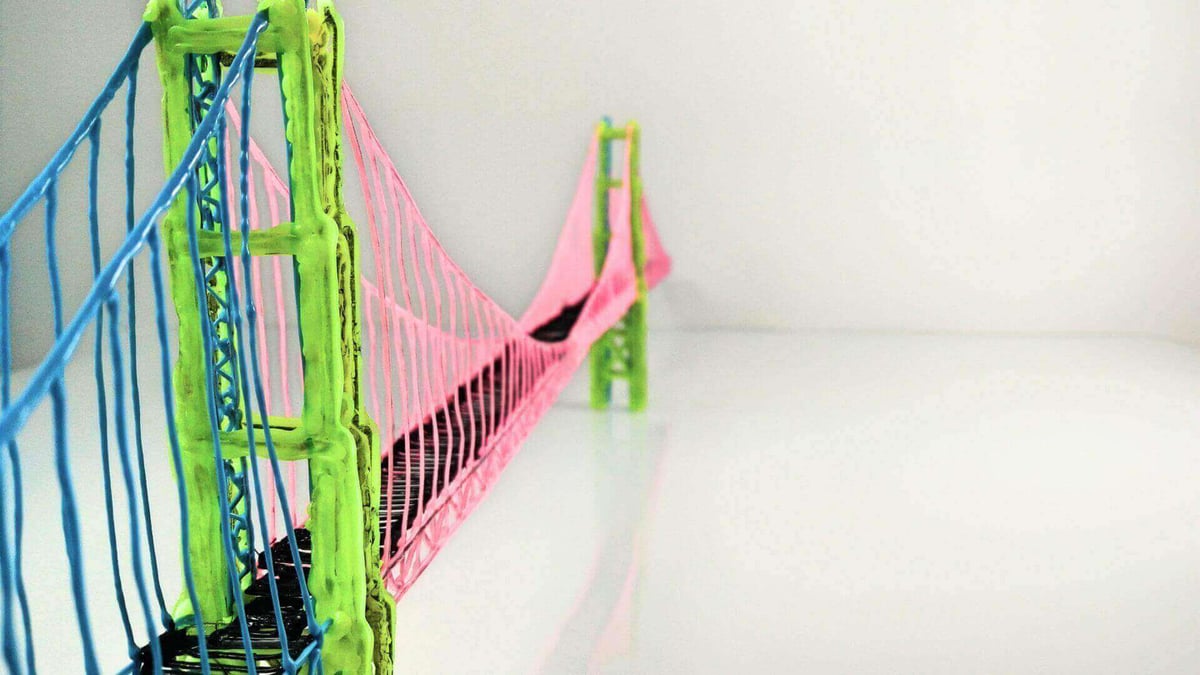
License: The text of "3Doodler Review – 3Doodler Create: The Best 3D Pen of 2017" by All3DP is licensed under a Creative Commons Attribution 4.0 International License.